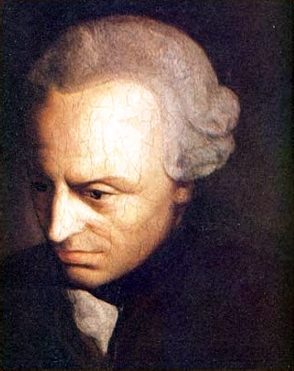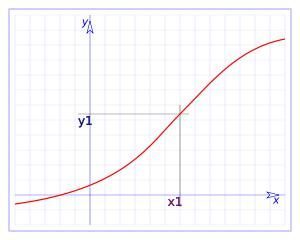 In the field of architecture, a gargoyle turns out to be that protruding part of a pipe or canal, which generally appears ornate, and whose main mission is to allow the evacuation of rainwater on roofs or fountainsIn other words, it is a drain but to which a singular aesthetic imprint is added.
In the field of architecture, a gargoyle turns out to be that protruding part of a pipe or canal, which generally appears ornate, and whose main mission is to allow the evacuation of rainwater on roofs or fountainsIn other words, it is a drain but to which a singular aesthetic imprint is added.
Architecture: ornate spout that facilitates the drainage of rainwater from buildings
It is a sophisticated system that in ancient times was used to channel the water that came from the rains and then be able to expel it at a certain distance from the building in question so that the stone or mortar with which the blocks were joined would not end up being damaged.
A channel was carved behind the gargoyle through which the water reaches the mouth, and from it, to the same floor, and as far away as possible.
Used since the Greco-Latin and Egyptian civilizations and with a special use at the behest of the Middle Ages
In the Middle Ages, the gargoyle was an architectural element widely used, especially by the Gothic art, in cathedrals and churches.
Mostly, they assumed grotesque images that represented men, monsters, animals, among others and they ended up becoming authentic symbols of terror.
New functions: aesthetic, and symbolic, to drive away evil spirits from the churches
It should be noted that in these times, in addition to its original function, the gargoyle, also had a symbolic function that had to do with the care of the temple in question and the intimidation of sinners.
It can be assigned three basic functions: roof drainage, decoration of said drains for aesthetic purposes, and the mission of driving away demons or evil spirits from these sacred and religious spaces.
If we go back to these times in history, a great generalized belief about dark beings flew overhead and so it is that these elements are considered essential and they were given great value when it comes to sanctifying a space and keeping evil away from them.
Another important fact is that the Roman, Greek and Egyptian civilizations have also used this element in their fantastic constructions, generally in the shape of animals such as dogs, lions and eagles, it was only in the Middle Ages that beings with mythological and darker characteristics took center stage. .
The architects designed and applied them for a practical purpose, basically, but then the aesthetic and symbolic contribution of using them to protect buildings from evil spirits was discovered.
This function of being a message for the believers, of keeping evil from the religious enclosures, was undoubtedly the most important in the Middle Ages.
But although they stood out in the Middle Ages and earlier in the Greco-Latin civilizations, we must say that the fantastic architect and designer Le Corbusier rescued the gargoyles from oblivion and thus it is possible to see his own creations of this architectural element in the famous chapel of Notre Dame du Haut, in France.
This chapel is one of the most emblematic works of religious architecture of the architect and of the 20th century.
Mythology: fantastic and grotesque creature
On the other hand, at the request of the European medieval mythology, the gargoyle knew how to display a prominent presence representing a fanciful being with grotesque characteristics.
The material with which they were built was stone and they had a special predominance in the culture of the Middle Ages.
Flax fruit
Also, the word gargoyle is used to refer to the dried flax fruit.
Flax is a popular plant that has a notable use when making products widely consumed today, such is the case of its stem that is used to make cloth and its seed, linseed, which is used to extract flour and oil.
Flax is a native plant of the region comprised by the rivers Tigris, Nile and Euphrates.
And also the term is used to designate another plant, formally called as corylus avellana and better known as common hazel, a shrub typical of the Asian and European continents.
Its fruit is the popular hazelnut.









